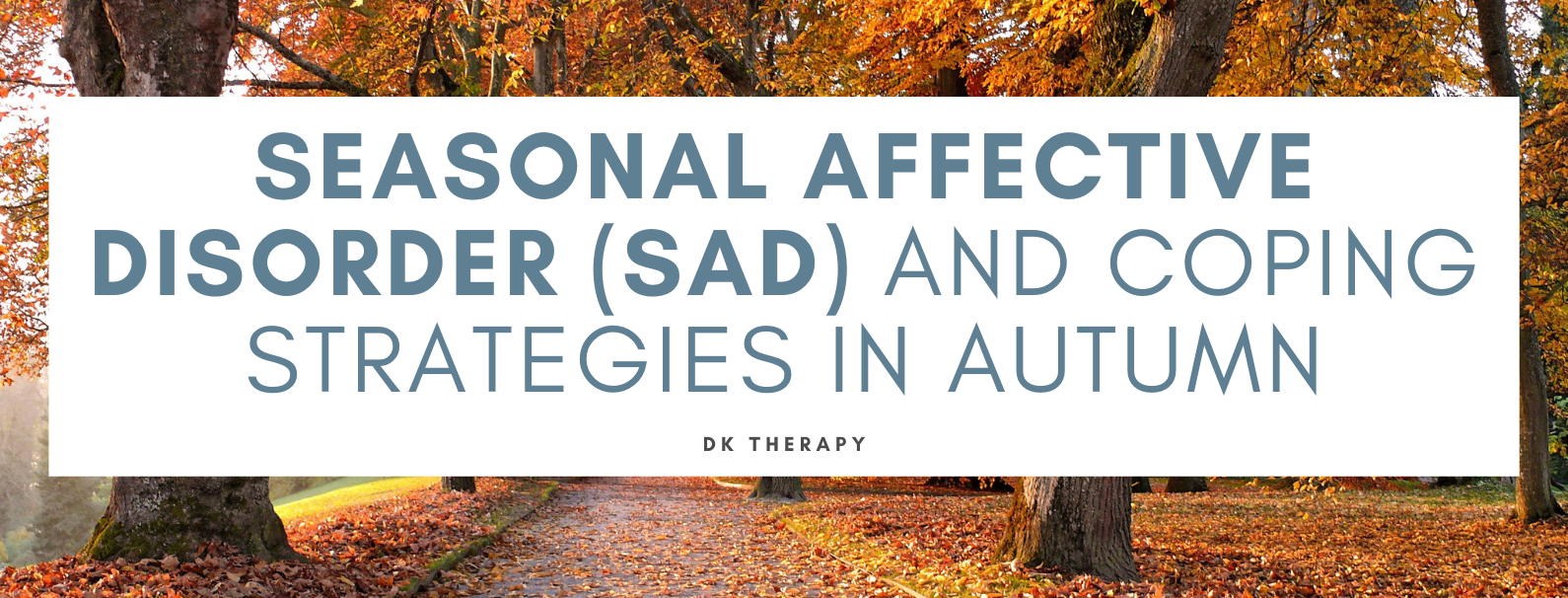
Autumn is here, and for some of us, it isn’t the cozy and joyful season we might have hoped for. If you’re feeling particularly down as the season changes, you’re far from alone. Roughly 5% of adults in the US experience what’s known as Seasonal Affective Disorder. Keep reading to learn about what seasonal affective disorder is and how to cope with its symptoms.
 What is Seasonal Affective Disorder?
What is Seasonal Affective Disorder?
Seasonal affective disorder, also known as SAD, is a form of depression that follows a seasonal pattern. Most of the time, an individual who experiences this disorder does so around the same time each year. For many, symptoms begin during the fall season and continue through the winter months. In some cases, though, SAD can start in spring or summer and begin to dissipate during the fall or winter months.
Symptoms of SAD
Like other forms of depression, seasonal affective disorder can leave those affected by it feeling low in energy and experiencing negative moods.
In addition, SAD can lead to an individual losing interest in activities they’d typically enjoy, oversleeping, struggling to concentrate, feeling hopeless or worthless, gaining weight, or experiencing changes in their appetite.
SAD Coping Strategies
If you find yourself feeling down as the season changes, you may be dealing with symptoms of SAD. Take a look at these coping strategies for help getting through the cold weather blues you’re experiencing.
Seek Natural Light
As the days get shorter during the fall and winter months, our exposure to natural light may decrease as well. Unfortunately, when we don’t get enough sunlight, it can lead to decreased serotonin levels which may contribute to the negative feelings we experience during bouts of depression. As such, it’s important to seek routine exposure to natural light. Even if it’s chilly outside, try to spend at least a little bit of your time soaking up the sun. Take a short walk or sit by a window that faces the sun.
Eat a Healthy Diet
When we’re feeling depressed, it can be easy to reach for sugary or starchy food for comfort. This, paired with the lack of sunlight mentioned above, can lead to lower levels of vitamin D. It’s important to keep these levels stable through the diets we maintain, as vitamin D can be effective in helping manage symptoms of depression.
Do your best to eat a healthy diet, one packed with essential vitamins and nutrients, in order to help you overcome the SAD symptoms you may be experiencing.
Spend Time with Loved Ones
Reaching out and spending time with the people who matter most to you can make a difference when it comes to maintaining the state of your mental well-being. If you’re feeling particularly isolated and alone, consider socializing. Call a family member to have a chat. Invite a friend out for lunch, or have someone you care about visit you in your home.
Seek Help
If you’re feeling down during the cooler months and you’ve tried without success to remedy the situation, it may be worth seeking professional help from an experienced therapist. Therapy can be beneficial for individuals who experience seasonal affective disorder, so if you’d like to begin healing under the guidance of a counselor, reach out to DK Therapy. Our caring therapists are here to help.




